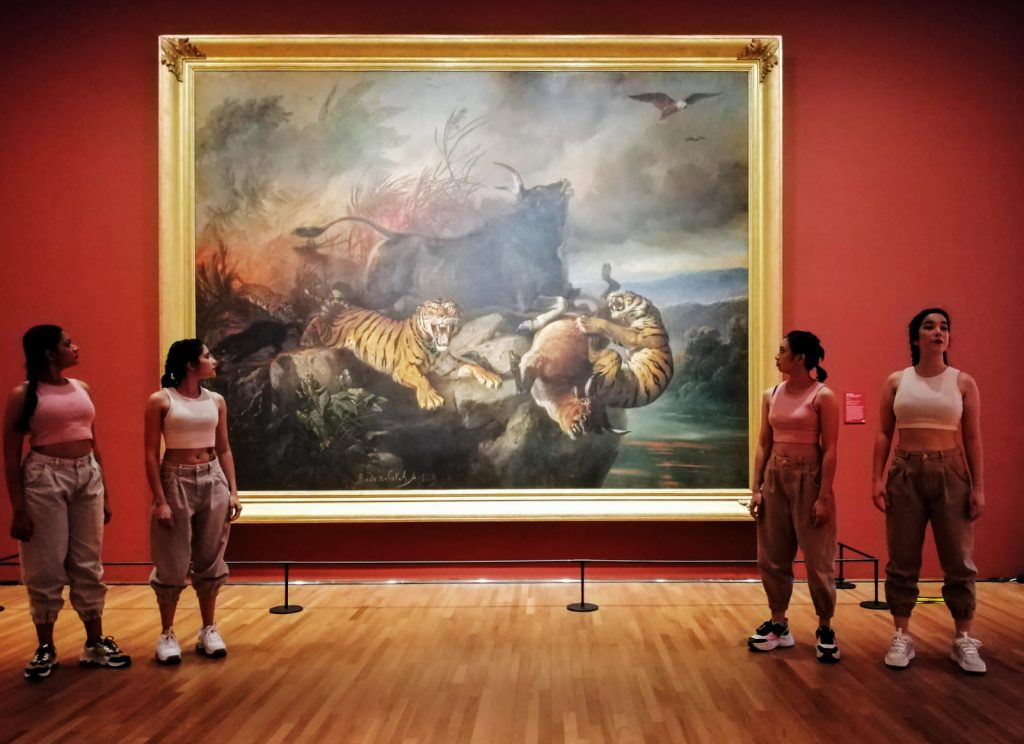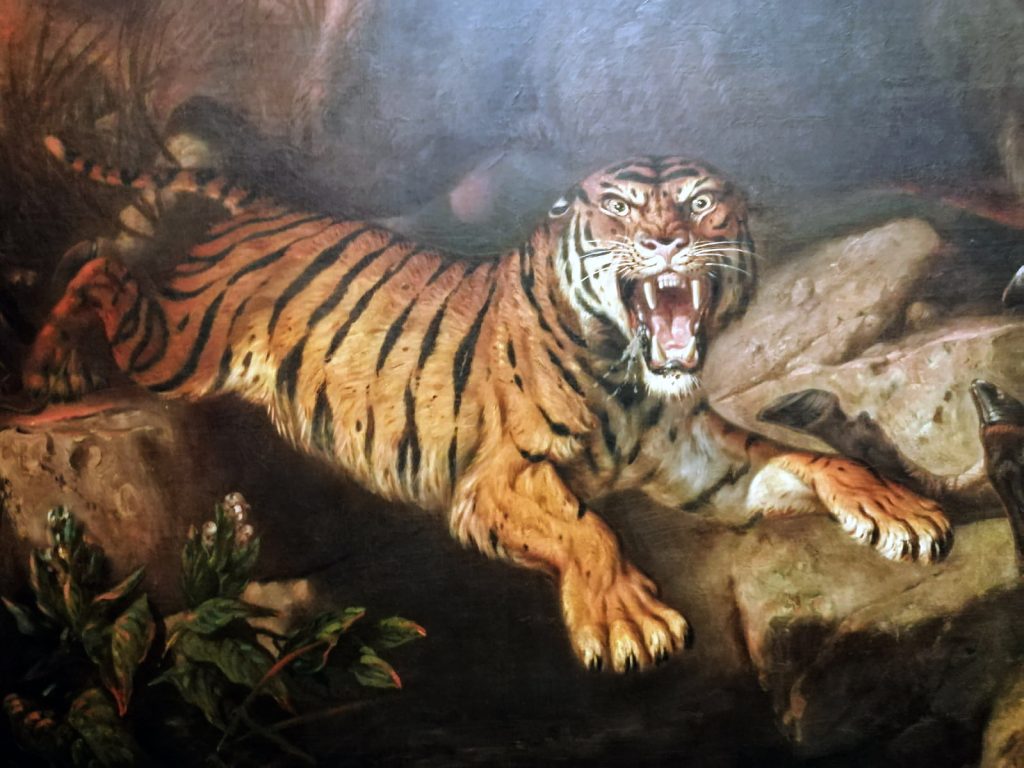- Ubin Nature Guided Day Walk
Date: Saturday 12 September 2020
Duration: 4.00pm to 6.00pm
Cost: None. Participants to drop a donation of any amount into an official ACRES tin that the CTEP guide will bring.
To register, contact Andrew via email: andrewtay.sg@gmail.com
(First-come-first-served. Please include your name/s and mobile number)
Please note:
-Only 5 participants are permitted to join this walk. Therefore, we are only offering this walk to 5 single persons and not to families.
(we will organize walks for families when Covid rules are more relaxed).
-Bumboat ride to Ubin is now at $4 per pax per ride. Participants to pay fare directly to the boat driver when onboard.
Walk brief: A daytime nature-guided walk to enjoy the rural ambience of Ubin and looking at plants and wildlife that are encountered along the waysides.
This walk will mostly be on level dirt paths.
2. Ubin Night Critter Guided Walk
Date: Saturday 12 September 2020
Duration: 7.00pm to 8.30pm
Cost: None. Participants to drop a donation of any amount into an official ACRES tin that the CTEP guide will bring.
To register, contact: Andrew via email: andrewtay.sg@gmail.com
(First-come-first-served. Please include your name/s and mobile number)
Please note:
-Only 5 participants are permitted to join this walk. Therefore, we are only offering this walk to 5 single persons and not to families.
-Bumboat ride to Ubin is now at $4 per pax per ride. But a bumboat has to be specially chartered for the ride back to Singapore after this night walk.
The fare cost is estimated to be between $12 to $16 per participant. Participants to pay fare directly to the boat driver when onboard.
Walk brief: A night-time guided walk to enjoy the darker night ambience that can be experienced on Ubin and looking out for nocturnal wildlife and night-flowering plants.
This walk will mostly be on the main road. We will also go onto a level dirt path to explore the pond edge beside the main road.













